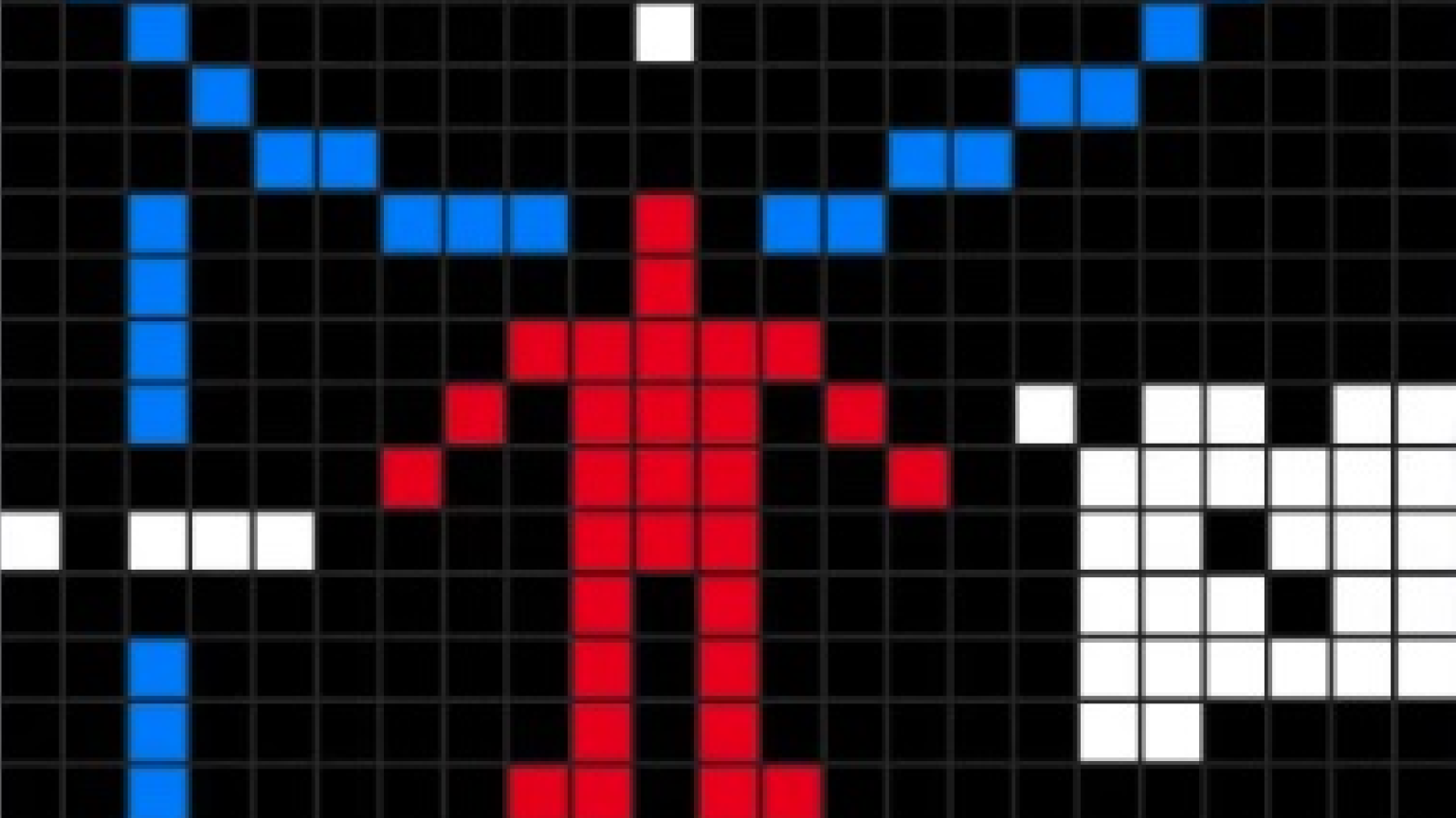SETI Pulls the Plug on the 42-Telescope Allen Array – What’s Next?

Last Friday, donors for the SETI (Search for Extraterrestrial Intelligence) Institute received a letter from CEO, Tom Pierson stating that the Allen Telescope Array was being placed into a state of hibernation. It has been decided to place the 42-antenna array into standby mode because of the lack of operational funding and government support.
SETI has been around for quite some time and the shut down of one of their main scanning tools has come as a major blow to scientists around the world. Early SETI projects always received some level of contributions from the government but a great deal of the more recent projects have had to rely on private resources. For example, the array of 42 radio telescopes in northern California isn’t called the “Allen Telescope Array” because it’s a fancy name. It’s named after the person who provided the first source of initial funding.

It all started with Frank Drake, who is widely known for his famous equation that estimated the number of technological civilizations that are likely to exist in a galaxy. PBS provides an interactive feature that allows you to use the Drake Equation to make your own estimate of the number of communicative civilizations in the Milky Way. Drake was the original pioneer of the SETI program. Back in the 1960s, it was Drake who first conceived the idea for the construction of such an array and was more or less the tool that would put his equation into action. The current plan was to construct over 300 of these antennas in a series of phases with the first phase of 42 being funded by the co-founder of Microsoft and billionaire, Paul Allen. In 2001, an $11.5 million donation by Allen’s foundation allowed the R&D phase to be ignited into full force, and another $13.5 million a few years later commenced and later completed the construction.
The project has obviously always required some source of funding to keep the array operational but funding is also needed for the building of additional antennas as originally planned. SETI is currently trying to secure funding from sources including the US Navy, DARPA, NSF and other private donors. A recent statement on the SETI website is also soliciting help from the general public stating that our galaxy may contain several billion habitable planets and that you can make this search possible. The website states the following “The search for life on Kepler worlds will swing the antennas of the Allen Telescope Array in the directions of these top priority targets, and hunt for signals on an incredible 10 billion channels for each. The search will cost $5 million. That’s why we’re appealing to you – someone who recognizes that the evolutionary drama that has taken place on our planet may have happened on other worlds. You can donate any amount, simply by hitting the button below. Each dollar you contribute buys 4 million channels scrutiny of a single world.
Pierson’s letter states that “it takes approximately $1.5M/year to operate the ATA, and at least an additional $1M/year to cover the cost of our SETI science efforts.” SETI scientists are now saying that the decision to place the array into hibernation couldn’t have come at a worse time. We are all aware that it was too long ago that astronomers announced that over 1,200 new planets have been observed by the Kepler satellite with some of them even residing in the goldilocks zone. The SETI director hit the nail on the head by stating that “There is a huge irony, that a time when we discover so many planets to look at, we don’t have the operating funds to listen.”
There is no telling if SETI will receive the necessary funding to take the array out of hibernation and continue the search. Perhaps an anonymous donor will come out of the woodworks and provide the funding necessary to extend the hunt, but don’t hold your breath. Pierson’s letter also states, “Meanwhile, the work of the SETI Institute’s other two Centers — the Center for Education and Public Outreach, and the Carl Sagan Center for the Study of Life in the Universe — remains strong.” So the work of SETI will continue but the shutdown of the 42-radio antenna is definitely a setback for a project that is otherwise working directly off of incoming data from Kepler. As stated, this is just one of those things where we will just have to wait and see.





